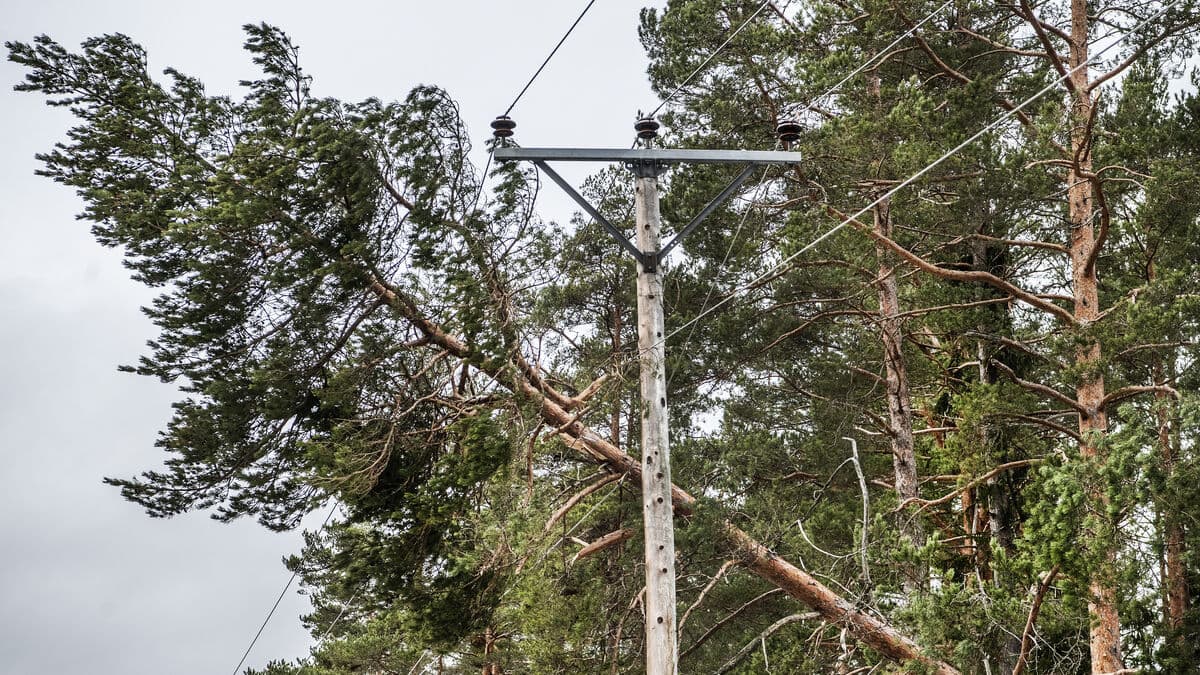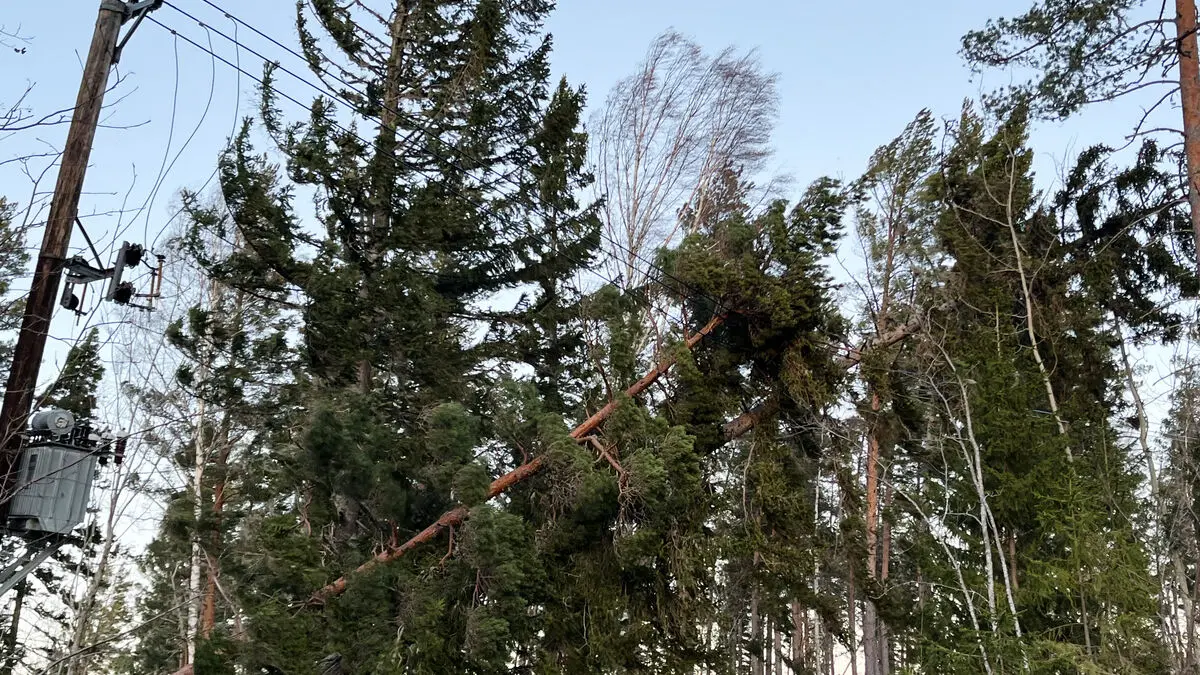How do you modernize a story that was nostalgic already in the 1960s? Astrid Lindgren wrote the books about Saltkråkan in 1962, as a love story to the archipelago environment.
It was her paradise. She saw how the old life in the archipelago began to disappear due to modernization. That was what she wanted to save, says Johan Svedjedal.
He has deeply analyzed Saltkråkan in his new book "The Right Twist". And for a literary sociologist, it's not surprising that SVT is now making a reinterpretation of the work – it's through the concept of "creative betrayal" that classics survive, emphasizes Svedjedal, that is, by being interpreted, translated, and staged again.
A Cultural Meeting
But even if a longing for an old Sweden is manifested in Lindgren's text about Saltkråkan, there is an environmental awareness behind the nostalgia that has become increasingly modern.
Astrid Lindgren thought it was important to be careful with nature's resources, reuse and live on what nature gives – which is connected to the old peasant society – it was important and self-evident for her, says Johan Svedjedal.
First and foremost, he also believes that the story is about care and love. Critics on social media have worried that the remake will be "politically corrected" into the 2020s. But Astrid Lindgren herself had a message beyond nostalgia, believes Johan Svedjedal.
There are no outsiders, but rather it's intended as a story about a cultural meeting, how a city family comes to a fishing and farming family and learns to live together.
Tjorven, the Spirit of the Place
Not even the gender roles are cemented. It's Teddy and Freddy who know the archipelago environment, not the boys. Comical situations arise when Melker tries to enter the traditionally female domain, but he prioritizes the care of the family, emphasizes Svedjedal.
Meanwhile, Tjorven is both clever, funny – and the spirit of the place.
She personifies all the good qualities, if you fail with her, you have failed in the local community. If you succeed, you have understood Saltkråkan.
In the book, you get to follow Tjorven's inner life even more. Astrid Lindgren wrote the story directly for TV, and it was a shift in her production, emphasizes Svedjedal.
The more she worked with film, the more I think she became concerned about literature's unique possibilities. She wrote larger and more thoroughly worked-out books, more solitary afterwards.
Astrid Lindgren wrote the series about Saltkråkan directly for TV for several years during the 1960s. Only afterwards did she make a book about the stories.
In the book "The Right Twist", Johan Svedjedal examines the mechanisms behind the major media phenomenon that the TV series became – but he focuses primarily on the book.





